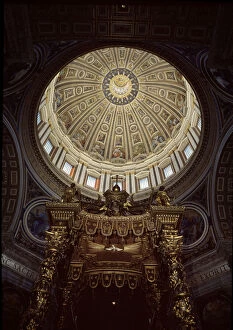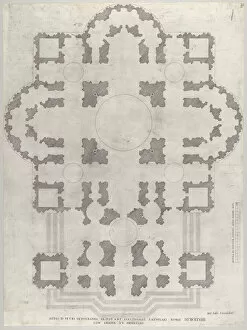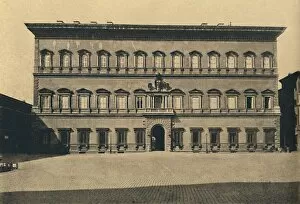Sangallo Collection
Sangallo, a name that resonates with architectural brilliance and timeless beauty. From the Bastions in Nettuno to the stunning interior view of the dome of St
All Professionally Made to Order for Quick Shipping
Sangallo, a name that resonates with architectural brilliance and timeless beauty. From the Bastions in Nettuno to the stunning interior view of the dome of St. Peter's Basilica, designed by Donato himself, Sangallo's legacy is etched into the very fabric of Italy. The Speculum Romanae Magnificentiae showcases his genius through various works such as the plan for St. Peter's and the exquisite design for the Basilica façade. These intricate plans reveal Sangallo's meticulous attention to detail and his unwavering commitment to creating masterpieces that stand the test of time. In Rome, we find ourselves captivated by landmarks like the Forum of Trajan, where Eugen Poppel beautifully captures its grandeur in 1927. The Farnese Palace takes us back to an era filled with opulence and grandeur while Palazzo Nobili-Tarugi in Montepulciano transports us to a world where elegance meets architectural splendor. But it is within Italy's Barracco Museum of Antique Sculpture that we truly witness Sangallo's influence on art and culture. Here, sculptures from the 16th century showcase his mastery over form and proportion. As we explore further into Lazio Viterbo Vejano Cappella gentilizia dei Santacroce, we are reminded once again why Sangallo remains an icon in Italian architecture. His ability to blend tradition with innovation creates spaces that evoke awe-inspiring emotions within all who visit, not just an architect; he was a visionary whose creations continue to inspire generations even today. Whether it be through his bastions or magnificent palaces, each structure tells a story - one that speaks volumes about his talent and passion for shaping Italy's architectural landscape. So let us celebrate Antonio da Sangallo - a true maestro whose contributions have left an indelible mark on Italy's rich cultural heritage.










